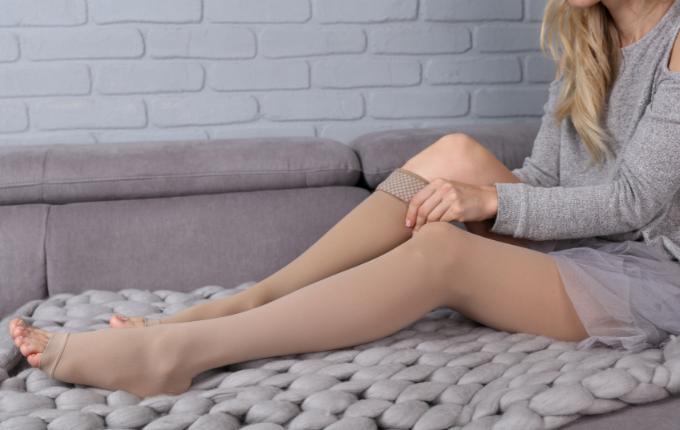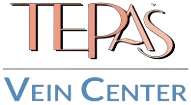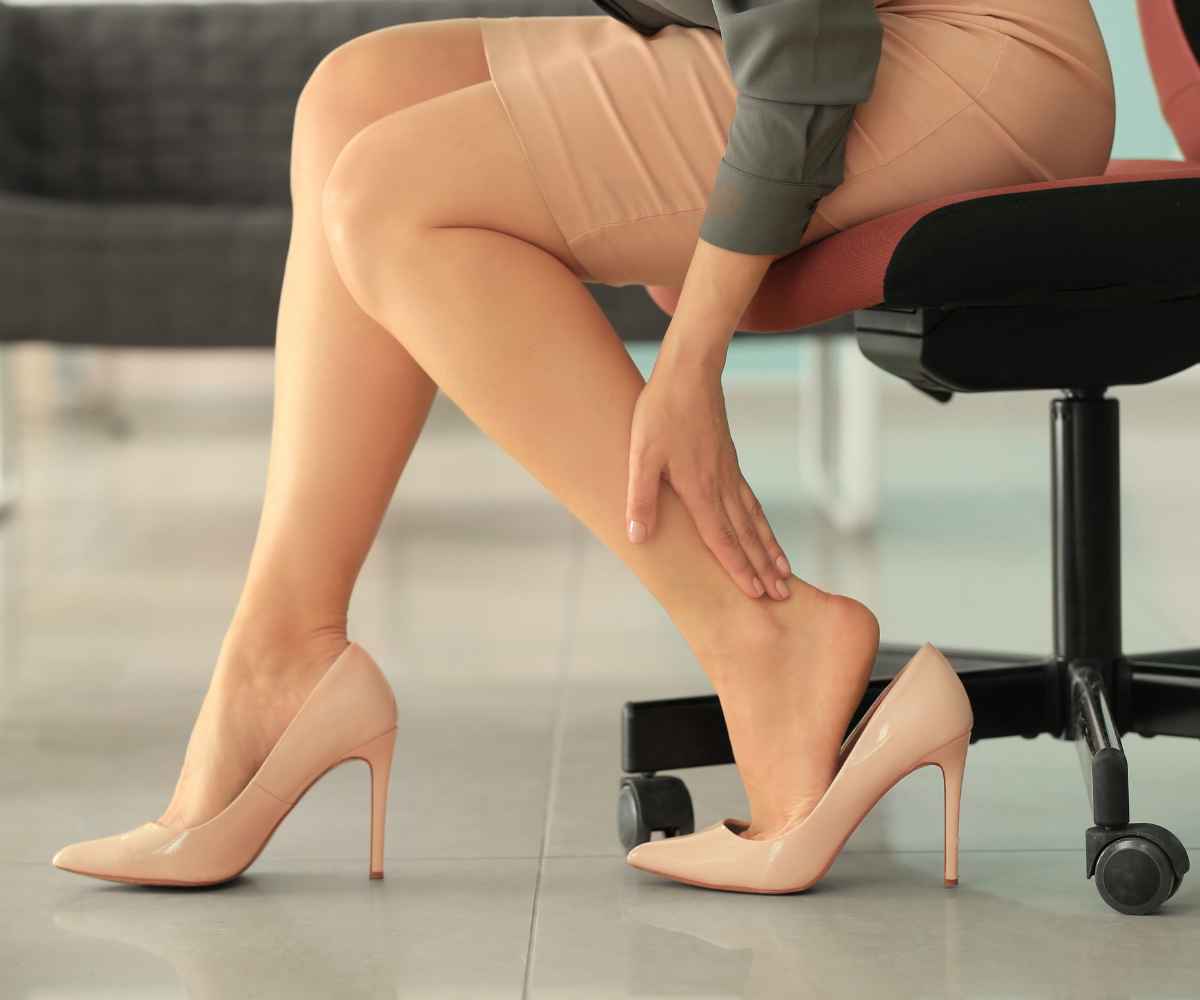Varicose Veins Caused By Your Job?
[6 Ways To Prevent Them]
Sitting
We spend a lot of time sitting down. If you take classes, have a desk job, are on the road, or work from home, you’re probably glad you don’t have to stand the whole time! But this can lead to deep vein thrombosis, a potentially dangerous blood clotting condition. It’s true; sitting for too long slows blood flow in your legs, which leads to all sorts of vein problems; Spider veins, varicose veins, thrombosis, and ulcers. Not to mention the pain, swelling, discomfort, and unsightly visible veins. So, is the solution to stand instead?
Standing
Jobs like teaching, security, beauty, retail, or even sign holders might stand for hours at a time, without moving around much. It turns out that this is about as bad as sitting! Standing for too long puts strain on your legs: your muscles are constantly working and your veins are constantly pushing your blood up to your heart, working against gravity. Overworking the valves that open and close to let the blood through, which leads to varicose veins. These can be painful and generally annoying.
What Should I Do?
It sounds like you can’t win but there is an answer – take regular breaks from whatever stance you’re in.
If you’re stuck at a desk, take a short walk every 15 minutes to get your blood flowing. If you can’t get up and move around, try getting a desk that converts from a sitting to a standing position. Standing desk risers provide a lot of really good health benefits. If that’s not reason enough to go pitch your new desk idea to your boss, these desks have even been shown to boost productivity levels. So march in that office and explain how much more productive, and healthy, you and your team will be with new standing/sitting desks.
If your boss didn’t go for it and is giving you a look about running around the office every 15 minutes, you can still take precautions against varicose veins. Try one, or all, of the below tricks to get moving while sitting at your desk.
- Raise your feet
- Do simple leg motions
- Stretch
- Under desk elliptical machine or exercise peddler
Raising your feet will relieve the stress that your veins experience from working against gravity. This might look silly, but some simple leg motion will get your blood flowing. Try a cycling motion, and generally stretching and moving.
If you need to stand for long periods of time, it might be tough to take breaks. Sit whenever you can to rest your legs, and if that’s not possible, lift a foot as much as you can to take the weight off and to avoid the blood having to continuously flow vertically. Extended periods of walking can be just as bad for varicose veins. Wear flat shoes to work when you can as high heels force the foot into an unnatural shape and interfere with the body’s ability to pump blood out of the legs and back to the heart.
If there’s nothing you can do to avoid standing, consider trying compression stockings. Used by both men and women, they put just the right amount of pressure on the right parts of your legs to improve blood flow.

Outside Work
Whatever your job is, you can improve your vein health by raising your feet at home. Keeping your feet 6 inches above your heart for 15 minutes, 3 times a day relieves the stress on your legs’ veins.
A healthy diet and maintaining a healthy weight significantly help as well! Finally, some exercise will definitely help get the blood flowing properly.
If you can’t do any of these things or you already have varicose veins, you can always have them treated. Schedule a free consultation to see if you’re a candidate for a non-surgical vein ablation!

